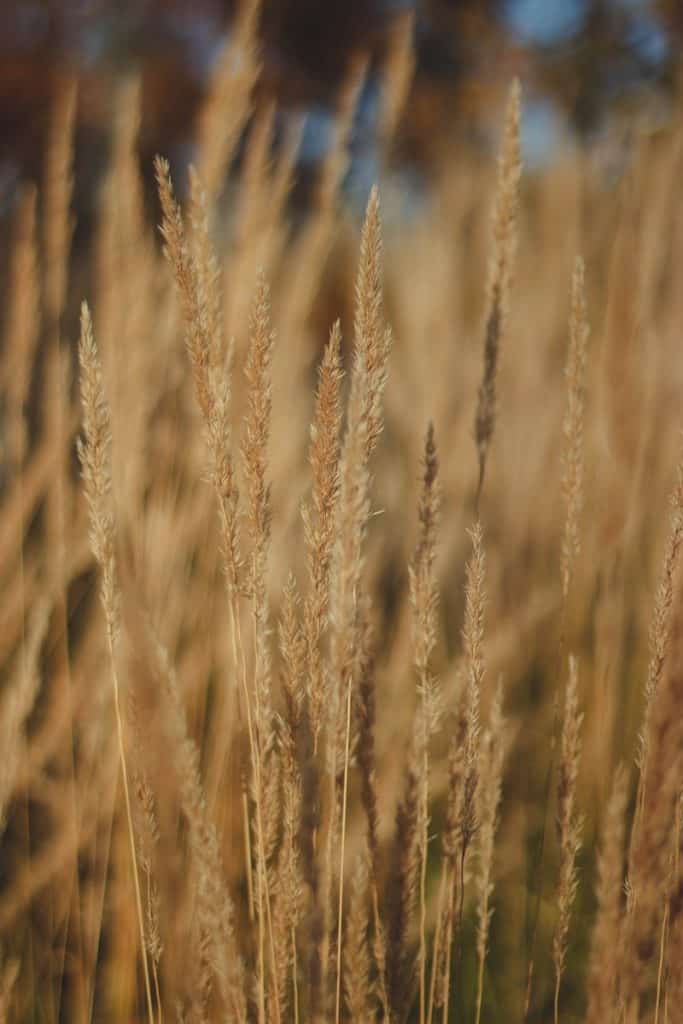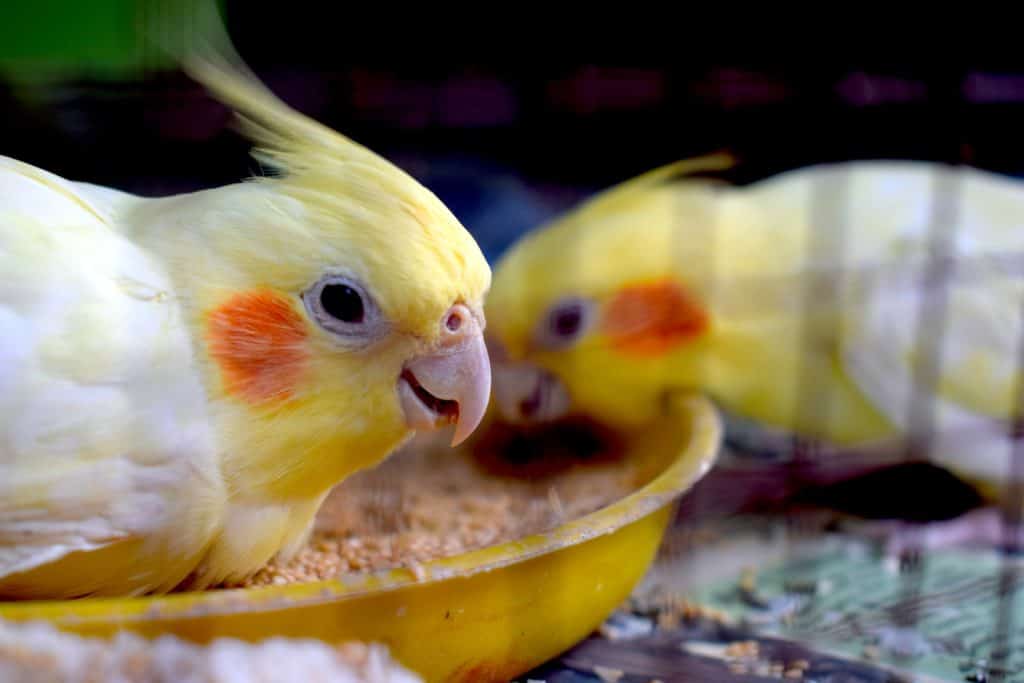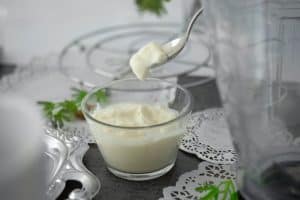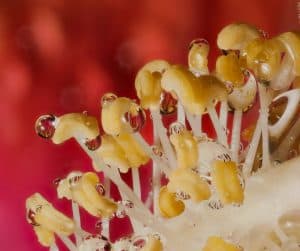You may probably have cockatiels (Nymphicus hollandicus) around and wondering how to grow millet for cockatiels. The cockatiel is a beautiful medium-sized parrot belonging to the cockatoo family.
Cockatiels and wild birds are usually located in the wetlands, bushlands, and scrublands of Australia, but they have been known to travel far from their home. Many people enjoy keeping them as pets because they are easy to breed and tend to be friendly birds.
Despite the fact that they’re simple to rear, feeding them sweets might be a tall order, especially if you don’t know how to cultivate one of their favorite bird food—the spray millet. Fortunately, we conducted some research and discovered how novice gardeners can grow corn quickly.
Millet, on the other hand, should not be a major component of the bird’s diet since it is only offered as a special treat. Wondering how to grow millet for cockatiels?
How to Grow Millet for Cockatiels?
How to grow millet for cockatiels is easy if you will follow these tips. To improve the chances of a bumper crop, try growing millet in the summertime. Between 68 and 86 degrees Celsius is the optimum temperature range.
You may grow the cereal in beds, pots, or containers. Whatever spot you choose to cultivate, be sure there is enough sun.
Soil Preparation
The ideal soil for millet growth is well-drained. To achieve this, mix in sandy soil, organic matter or shredded bark. These materials help improve drainage while still retaining enough water.
If you have previously planted corn on your soil, then you already have the appropriate type of earth for millet since they both require pretty much the same conditions. To support growth, add Nitrogen-based fertilizer to increase nitrogen levels as required by Millet.
Sowing Millet
Sowing millet directly in the seedbed is certain to result in high yields. Cover them with little soil and plant them at an inch deep. Millet takes 60-90 days to mature. When harvesting, millet usually turns brown.
You may gather the entire stalk or get individual grains. After harvesting the millet seeds, millet dies down. Using an airtight container, store the grains in a cool and dry place.

How to Grow Millet for Cockatiels At Home
It’s worth the effort to raise your own millet for cockatiels rather than purchasing commercial food supplements. It’s high in carbohydrates, calcium, and potassium and low in fat. Furthermore, non-GMO organic bird seed mix crops are free of pesticides and chemical fertilizers. The greatest results are generally obtained while growing non-GMO seeds. Spray foxtail or finger millet are two examples of organic, non-GMO seeds that you can grow.
Steps To Follow
Given that millet plants are grown all over the world, it shouldn’t be difficult to locate enough supplies for home cultivation. We’ll be utilizing readily available millet spray or strands in this article.
- Choose a container. Depending on your demands, you may have as many containers as you like. The millet strands should fit comfortably within the container. You might also cut the strands into big pieces depending on the sizes of your containers.
- Fill the container with cold water, but don’t fill it to the brim. Set it aside.
- Rinse the millet strands under a running tap, keeping them away from the stem.
- Again, follow step three but this time hold the item up from the other end. Doing so will allow water to run through more easily and clean the dirt out of crevices..
- Carefully insert the strands into the container so that they are fully submerged.
- The germination of a seed is aided by soaking it in water. It should be kept moist for at least 12 hours.
- Continue with the steps above, only after soaking the strands a second time.
- To remove any leftover water, hold the wet strands under cool running water from your kitchen sink.
- Sow the strands in a potting mix made with sand, ensuring that the plant’s rootball is completely covered. The sowing depth should be around an inch.
- Be sure to water your soil only when necessary. Do not overwater, as this will harm the plants.
Precautions And General Guidelines
The millet strands need to be damp for sprouting, but not too wet where mold can grow. They should never be allowed to dry out before planting. You will start seeing little white sprouts four days after planting, and they will keep spreading and growing in size every day. By the eighth day through to day ten, green sprouts will appear.
Thin out the seedlings as they develop. Instead of throwing them away, feed them to your cockatiels. When the millet grain heads start to turn brown, it’s time to harvest it. We discourage overfeeding your birds with millet. You should include other seeds and fresh fruits, berries in their balanced diet so that they get more balanced nutrition.
How Much Millet Should a Cockatiel Eat?
Cockatiels have specific dietary needs to stay healthy. A well-balanced diet for a cockatiel usually consists of a variety of foods, including seeds, pellets, fresh fruits, vegetables, and occasional treats. While millet can be included as part of their diet, it should not be the sole or primary food source.
Millet is often given to cockatiels as a treat or for training purposes. It is high in fat and carbohydrates, so it should be offered in moderation. A few sprays or small portions of millet per week are generally sufficient. Too much millet can lead to weight gain and other health issues.
In addition to millet, make sure your cockatiel has access to a quality seed mix or pelleted diet formulated specifically for cockatiels. This should make up the bulk of their daily food intake. Fresh vegetables and fruits should also be offered daily, providing additional nutrients and variety to their diet.
It’s essential to monitor your cockatiel’s weight and overall health regularly. If you have any concerns about their diet or health, it’s best to consult with an avian veterinarian for specific advice tailored to your bird’s needs.
Bottom Line – How to Grow Millet for Cockatiels
After reading the instructions above, cockatiels growing millet should be a no-brainer. After eating the cereal, your cockatiel may surprise you with an appreciation blab. It’s much easier to purchase grain if you only have one cockatiel. However, if you have a lot of them, you may grow millet in your garden to ensure that their pet birds never go without a favorite food treat.
Learn whether a cockatiel can eat too much millet and understand the dietary balance needed for your bird. Ever wondered why your cockatiel flies onto your head? Discover the reasons behind this behavior and how to manage it. Find out the benefits of preparing chop for your cockatiel to ensure your feathered friend gets a nutritious, varied diet. If you’re curious about treats, explore whether sunflower seeds are safe for your cockatiel. Lastly, find out if your cockatiel can take showers and learn the best practices for keeping them clean and healthy. These articles are essential for providing comprehensive care to your beloved pet.




